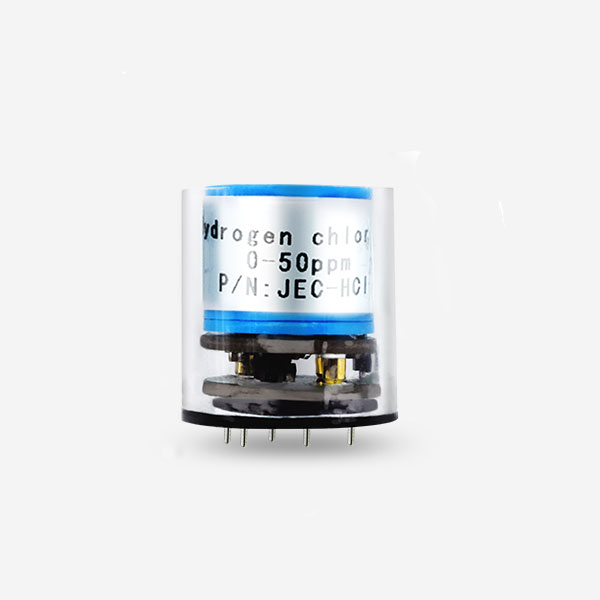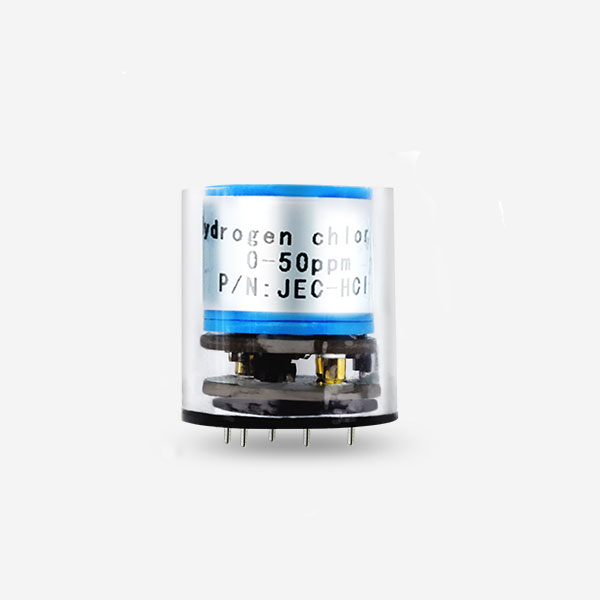With the ever-increasing global concern about environmental pollution and its effects on human health, the need for effective monitoring of air quality has become a requirement. One way to address this issue is through the use of Internet of Things (IoT) enabled gas sensors for environmental monitoring.
IoT technology has transformed the wa
 y in which we interact with our environment and the objects we use every day. IoT devices can be embedded in different applications, including gas sensors, which have gained interest as they provide measurements that help identify potential risks associated with the presence of hazardous gases in the atmosphere. The integration of gas sensors with IoT has introduced advanced monitoring systems that allow us to detect the concentration levels of toxic gases such as CO2, CO, NOx, SOx, and O3 in real-time.
y in which we interact with our environment and the objects we use every day. IoT devices can be embedded in different applications, including gas sensors, which have gained interest as they provide measurements that help identify potential risks associated with the presence of hazardous gases in the atmosphere. The integration of gas sensors with IoT has introduced advanced monitoring systems that allow us to detect the concentration levels of toxic gases such as CO2, CO, NOx, SOx, and O3 in real-time.
The development and deployment of these IoT-enabled gas sensors are highly beneficial, especially for industries that are significant sources of pollutants. By installing these sensors, they can monitor their emissions more accurately and efficiently, adhere to regulations, protect worker safety, and ultimately exert a positive impact on the environment. Furthermore, public areas such as schools, hospitals, markets, and residential areas can also benefit from having these sensors installed, leading to safer and healthier living conditions.
There are numerous methods utilized for gas detection, with some relying on chemical reactions or electrochemical mechanisms. However, the latest technological advancements led to the development of laser-based spectrometry, providing edge-cutting sensitivity and specificity for gaseous compounds, working through the absorption of defined light-spectrum ranges through the tissues of the detection cell.
One example of an IoT-enabled gas sensor system is the Wireless Sensor Network (WSN), which utilizes wireless sensing nodes distributed throughout the target installation area. These nodes are equipped with multiple sensing modules and radio transceivers, enabling them to communicate with each other and form a mesh-like network topology, able to relay data from the sensors to a central monitoring site. The data can then be analyzed, processed, and visualized, utilizing machine learning algorithms that generate alerts in real-time when threshold levels are surpassed.
Another development towards reducing the cost of building such sensor networks is the smart mobile platform (SMP). It provides an affordable and scalable solution for developing sustainable and intelligent IoT enabled gas sensing systems. The SMP allows flexible access points for secure data capture, user authentication, and cross-compatibility with diverse IoT solutions, including unmanned aerial vehicles (UAVs), gateways, and sensor nodes.
The deployment of IoT-enabled gas sensors in cities and industrial sites also provides vast amounts of data which supports researchers in understanding the air pollution problem more intricately. By collecting large amounts of this data, it can also assist in creating location-specific models aimed at providing localized predictions that support decision-makers in implementing emission control strategies for specific areas.
In conclusion, IoT-enabled gas sensors have revolutionized environmental monitoring, providing advanced capabilities to help identify and monitor toxic substances in real-time accurately. The benefits of deploying these sensors extend beyond industries as they offer health advantages to the general public. The future of IoT-enabled gas sensors looks very promising, raising hopes of proactively addressing air quality directly and reducing pollution-related health risks.
 : +86 155 8830 2704
: +86 155 8830 2704 : jxdziot@gmail.com
: jxdziot@gmail.com
